NOTE
When operating the player using the remote control, always set the mode selector to ???DVD???.
Operations
The player can play back MP3 files and WMA files on a home recorded CD-R/RW disc or commercially available CD. We refer to a disc that contains MP3 and/or WMA files as an ???MP3/WMA disc??? in this manual.
Note that if a disc contains both of MP3/WMA files and JPEG files, you can only play back files of the type selected by the [MP3&WMA/JPEG] setting in the [PICTURE] preference display (see page 56).
About MP3/WMA discs
On an MP3/WMA disc, each song is recorded as a file (track). Files are sometimes grouped into folders by artists, album, etc.
???Each file is regarded as a track.
???A folder which has one or more files is regarded as a group.
???A folder which does not directly contain any tracks is ignored.
???Files which do not belong to any folder are grouped into ???group 1.???
???The player recognizes up to 150 tracks per group, and up to 99 groups per disc. If there are files other than MP3/WMA files, they also count in the 150-file total.
Max. 99 groups per disc
Notes for making your own MP3/WMA disc using a CD-R/CD-RW disc
??? Select ???ISO 9660??? as the disc format.
???As for MP3 files, we recommend you to record your material at a 44.1 kHz sampling rate, using the 128 kbps data transfer rate.
???As for WMA files, make sure that the copyright feature is set to off.
???As for WMA files, we recommend you to record your material at a bit rate of 64 kbps or higher.
Basic operations
Use the following buttons to control MP3/WMA disc playback.
ENTER: Starts playback while stopped.
3: Starts playback while stopped or paused.
7: Stops playback.
8: Pauses playback.
4/??:Skips back or forward a track during playback. Selects the previous or next track while stopped.
If you press 3 during playback, or press 7 to stop playback followed by 3, the player starts playback from the beginning of the current track.
NOTES
???The player does not support ???packet writing (UDF format)??? discs.
???The player does not support the ID3 tag.
???The player supports discs recorded with multiple sessions.
???Some discs may not play due to disc characteristics or recording conditions.
???Programmed and random playback functions do not work with MP3/WMA discs.
???As for MP3, the player only can play back tracks with the following file extensions; ???.MP3,??? ???.Mp3,??? ???.mp3??? and ???.mP3.???
???As for WMA, the player only can play back tracks with the following file extensions; ???.WMA,??? ???.wma,??? and any other combination of upper case and lower case letters (such as ???.Wma???).
???Time required for reading the disc contents may vary for different discs, depending on the numbers of groups (folders) and tracks (files) recorded, etc.
???You cannot advance or reverse playback by pressing ?? or 1, or by holding down ?? or 4 during MP3/WMA disc playback.
???The player supports WMA files recorded with a bit rate of 48 kbps or higher. The player cannot play back WMA files recorded with a bit rate under 48 kbps.
Selecting the desired group and track
When inserting an MP3/WMA disc, after the disc contents are read, the MP3/WMA CONTROL display automatically appears on the TV screen.
You can specify the desired group/track from the display using the following procedure.
1 Make sure that the black (cursor) bar is in the left (group) column.
If it is in the right column, press 2 to move it to the left column.
2 Press 5/??? to move the bar to a desired group.
On the right column, tracks in the selected group are shown.
3 Press 4/?? to select a desired track, then press ENTER or 3.
or
Press the numeric buttons to directly specify a desired track number.
To select 5: press 5.
To select 23: press +10, +10, then 3.
To select 40: press +10, +10, +10, then 10.

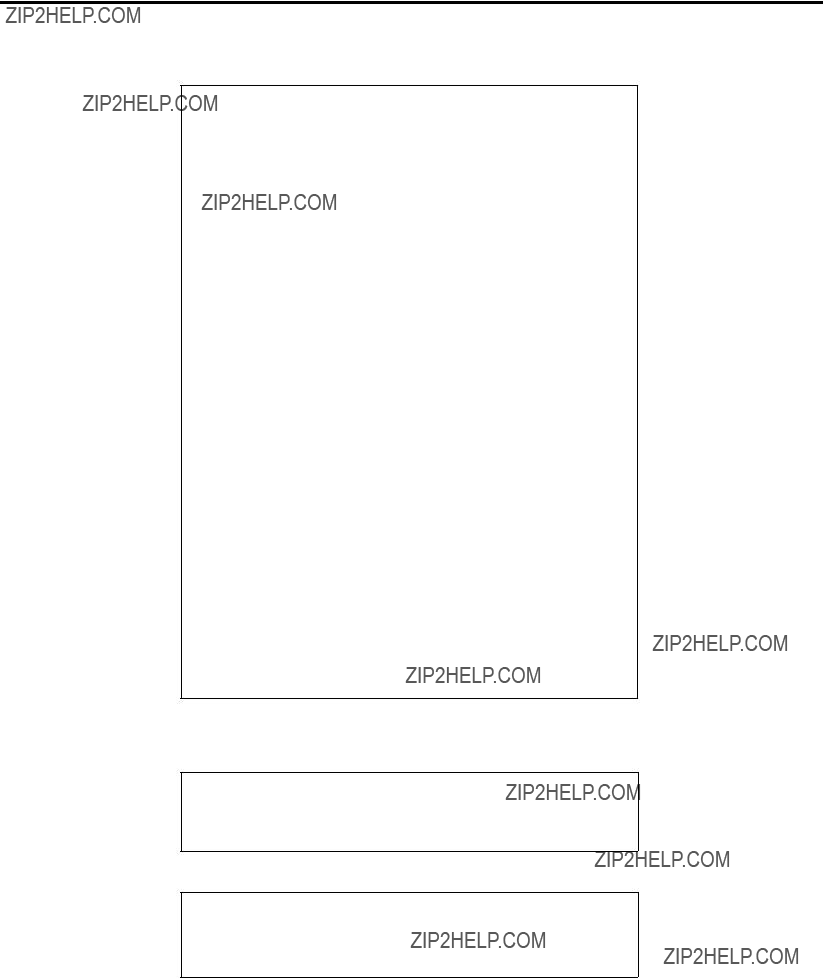
 switch!
switch! switch in any position does not disconnect the mains line. The power can be remote controlled.
switch in any position does not disconnect the mains line. The power can be remote controlled.
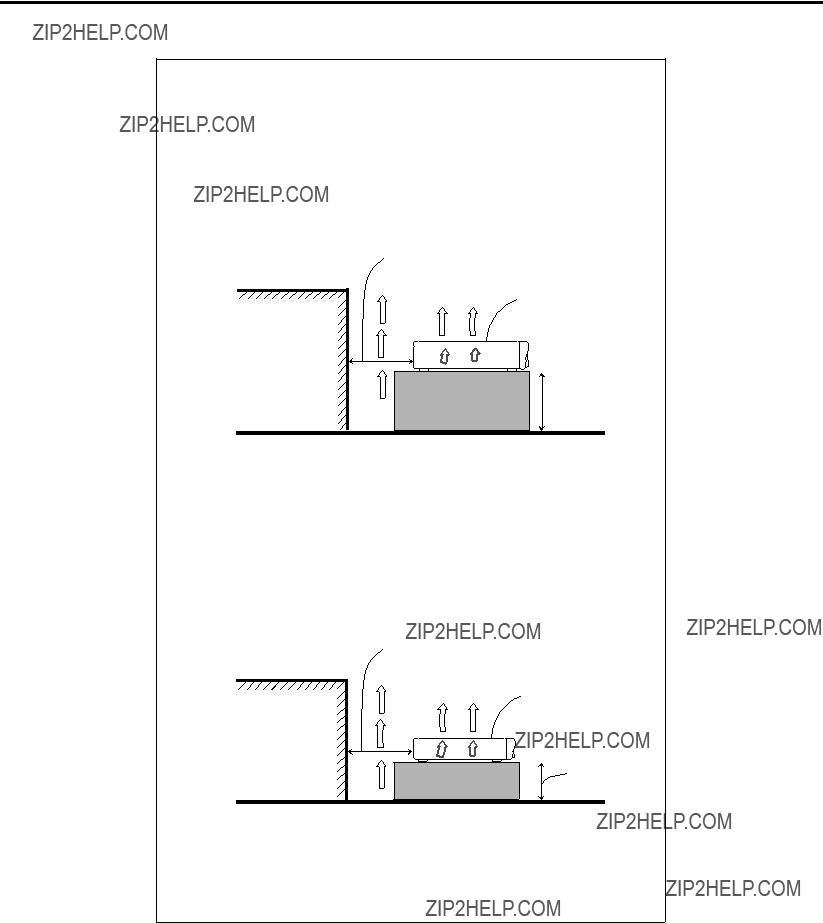
 15 cm or more
15 cm or more

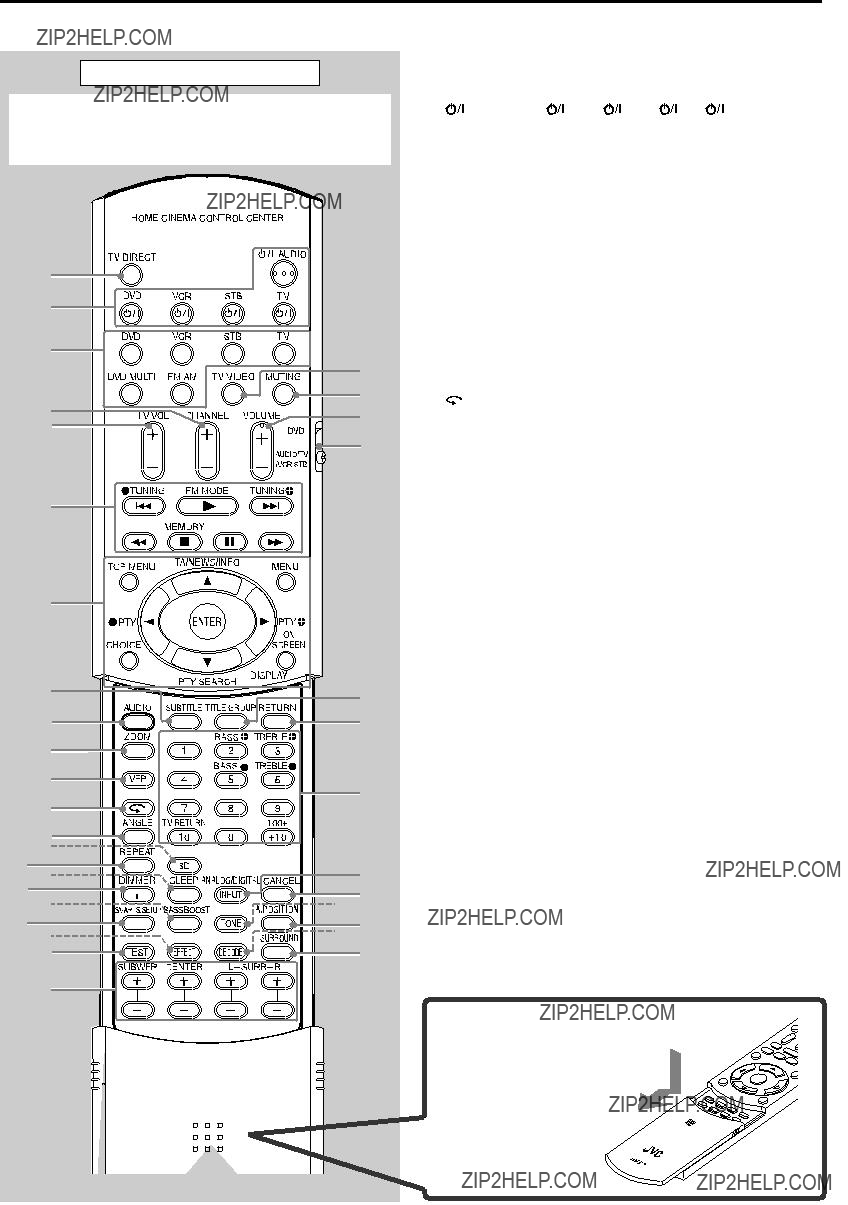
 CONTROL
CONTROL
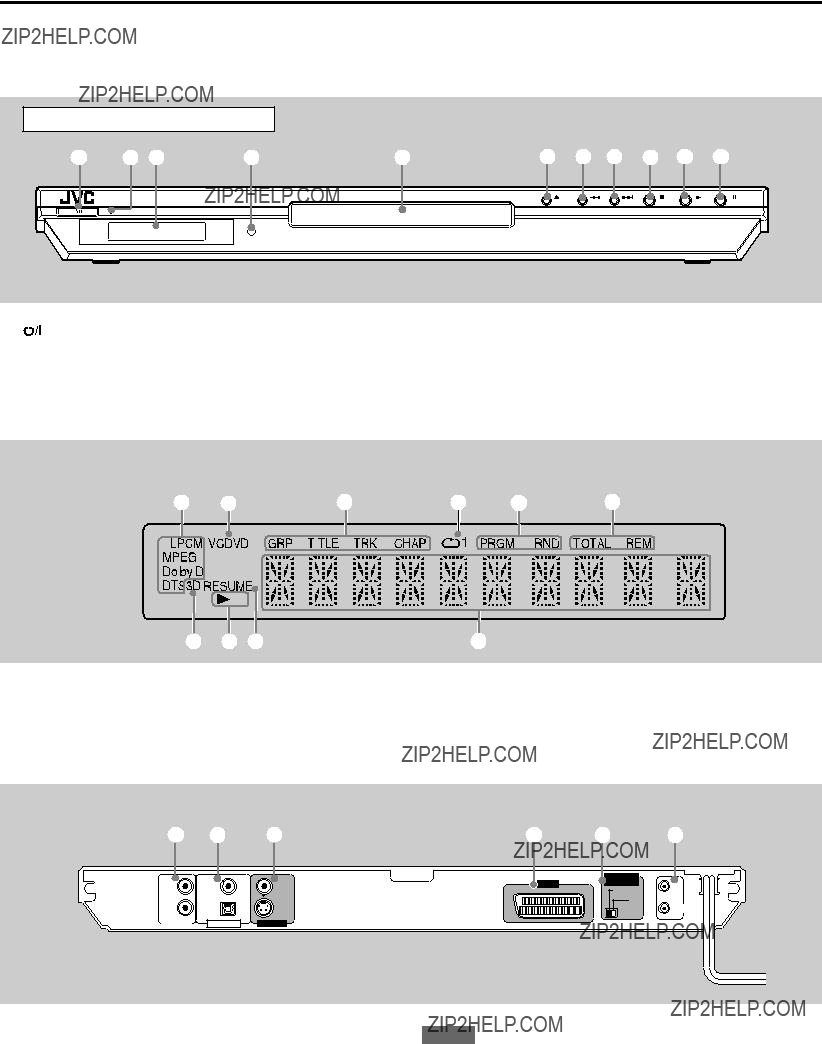

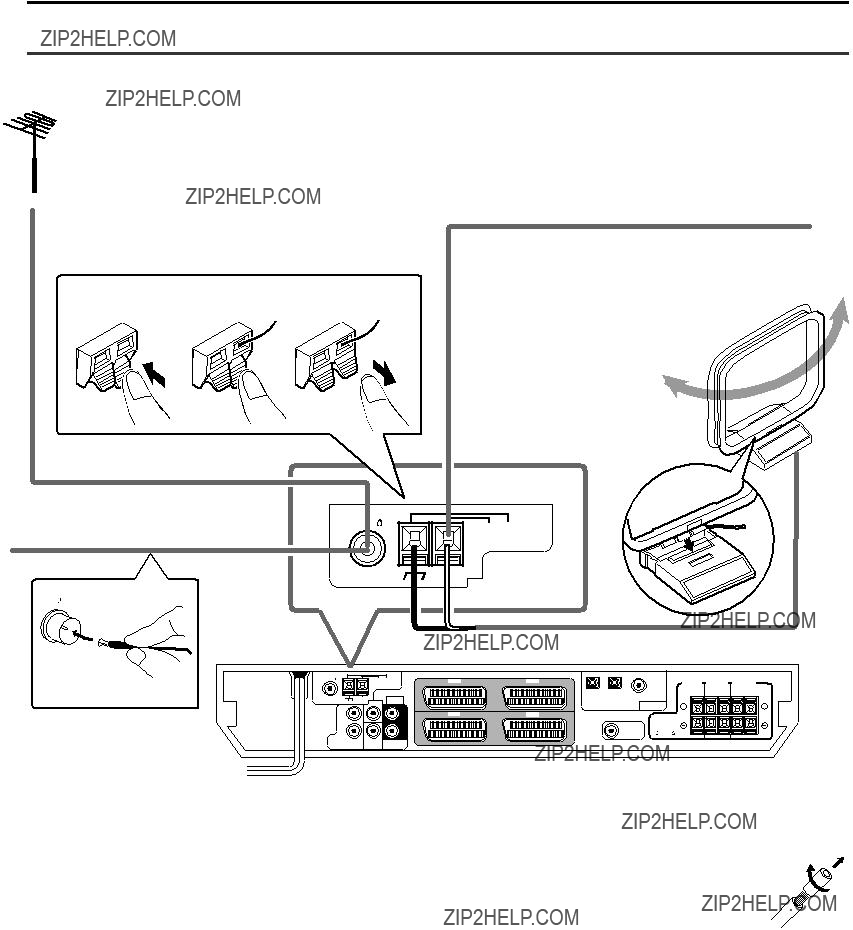


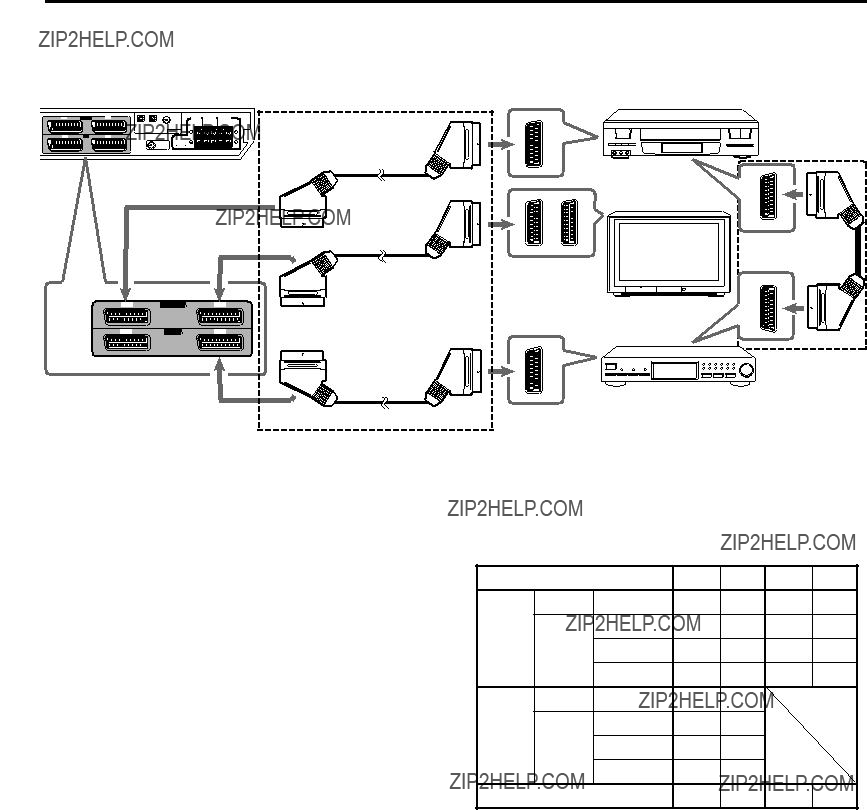

 To center channel audio output
To center channel audio output To surround right channel audio output
To surround right channel audio output To subwoofer output
To subwoofer output To front left channel audio output
To front left channel audio output

 DVD (DVD DIGITAL)
DVD (DVD DIGITAL)

 VCR
VCR TV (TV DIGITAL)
TV (TV DIGITAL)




 (Back to the beginning)
(Back to the beginning) (or
(or  AUDIO on the remote control).
AUDIO on the remote control). again (or
again (or  AUDIO on the remote control). The STANDBY lamp lights up.
AUDIO on the remote control). The STANDBY lamp lights up.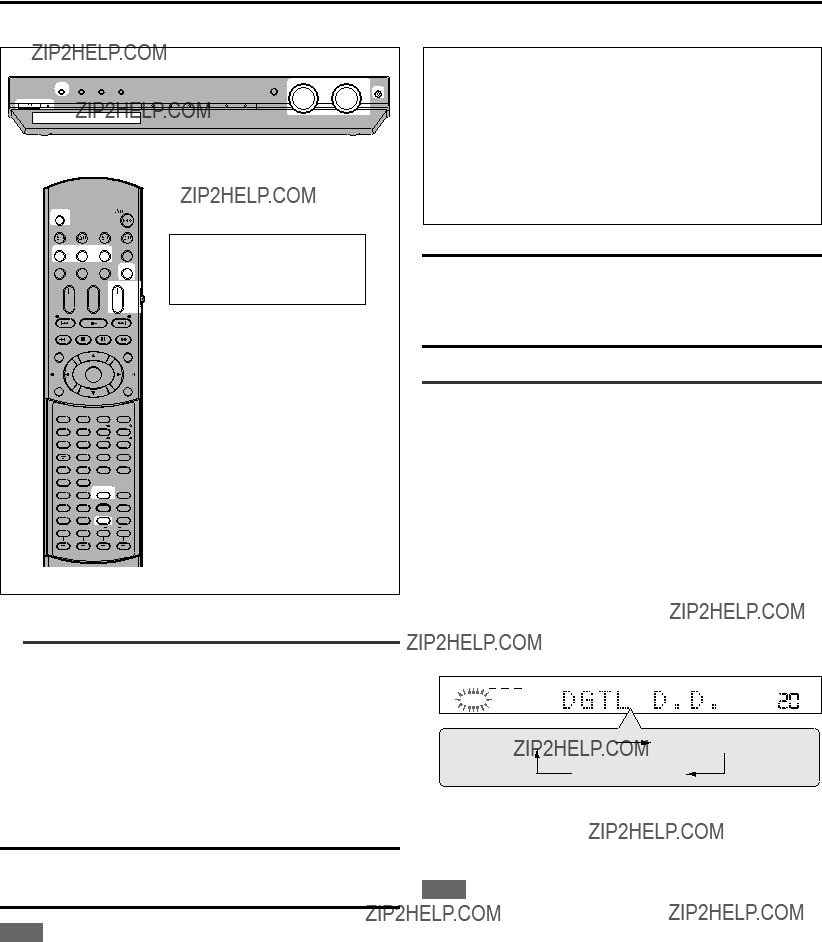
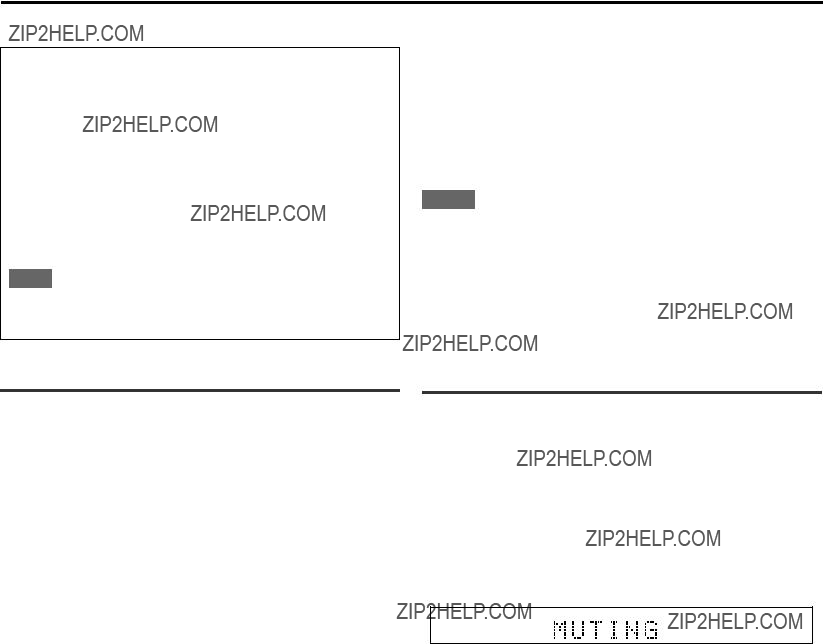

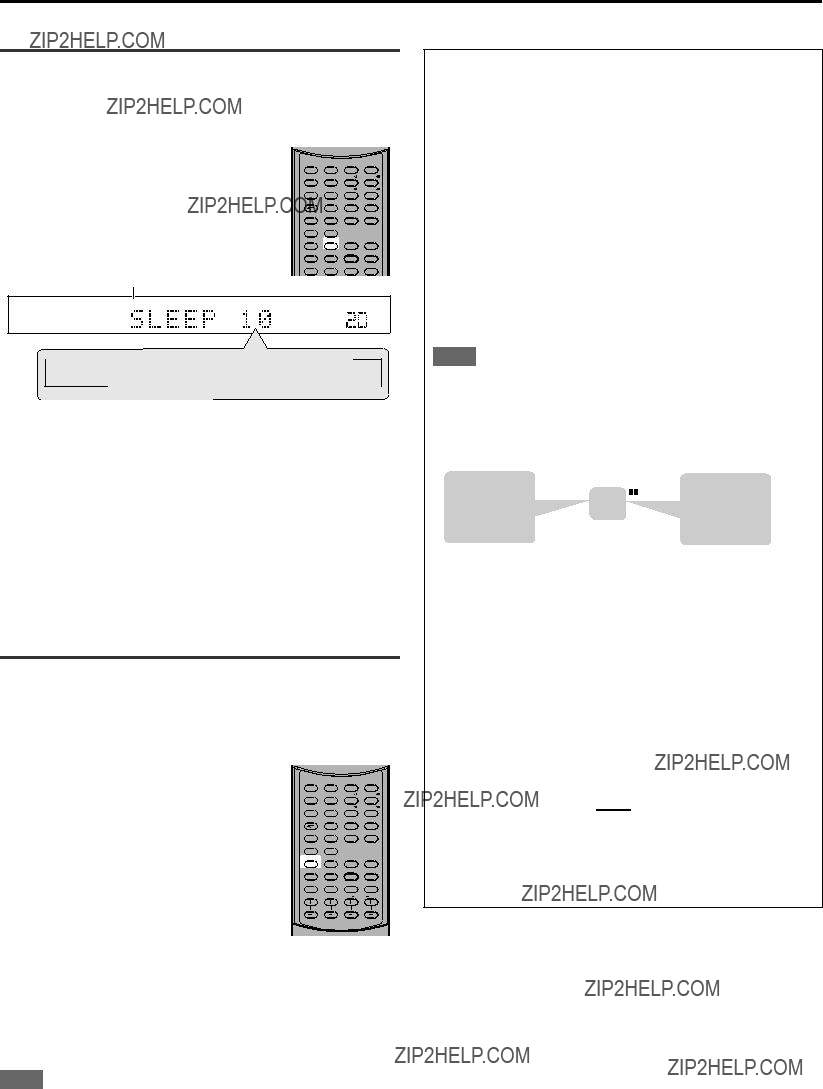
 10
10  20
20  30
30  40
40  50
50  60
60






 FRNT SP
FRNT SP 
 CNTR SP
CNTR SP 


 CNTR DL
CNTR DL 
 SURR DL
SURR DL 


 LFE
LFE 
 D.COMP
D.COMP
 AUTO SR
AUTO SR
 MODE
MODE
 3 SPEAKERS
3 SPEAKERS
 4 SPEAKERS
4 SPEAKERS 


 MEDIUM
MEDIUM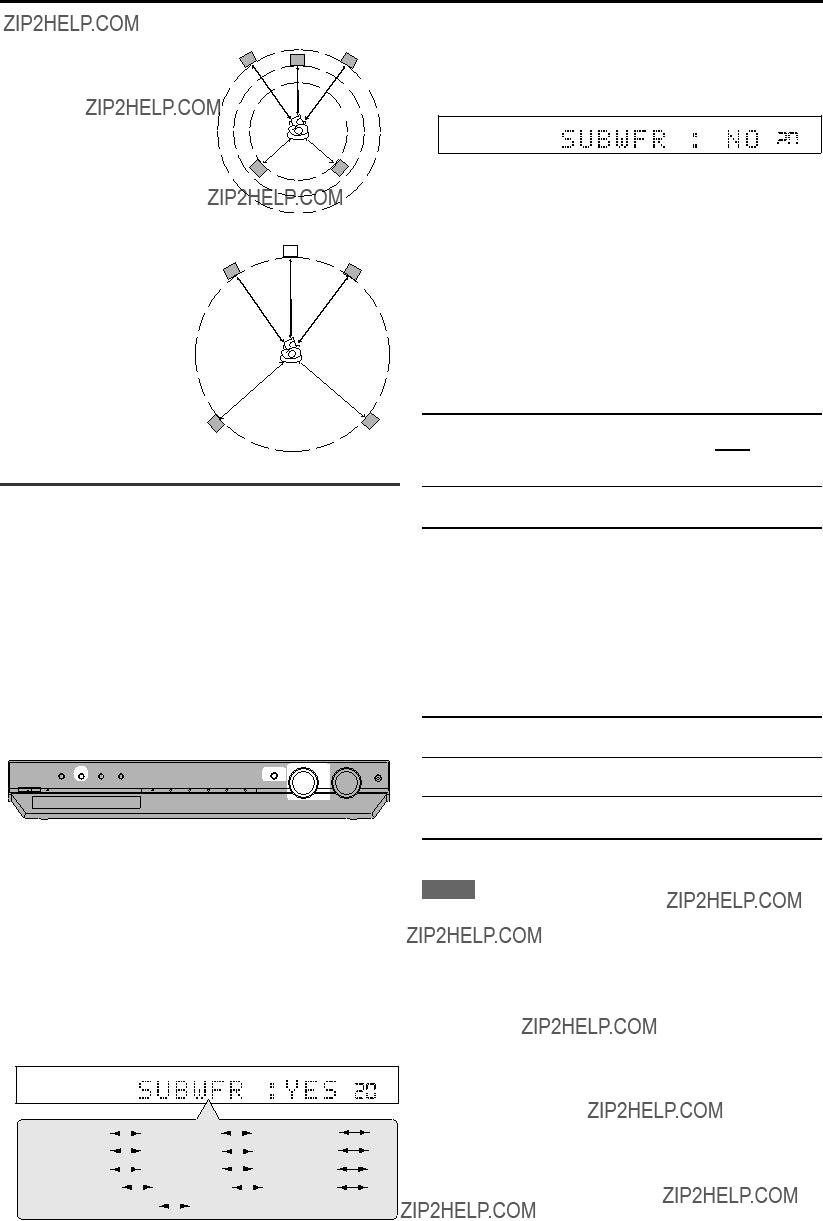

















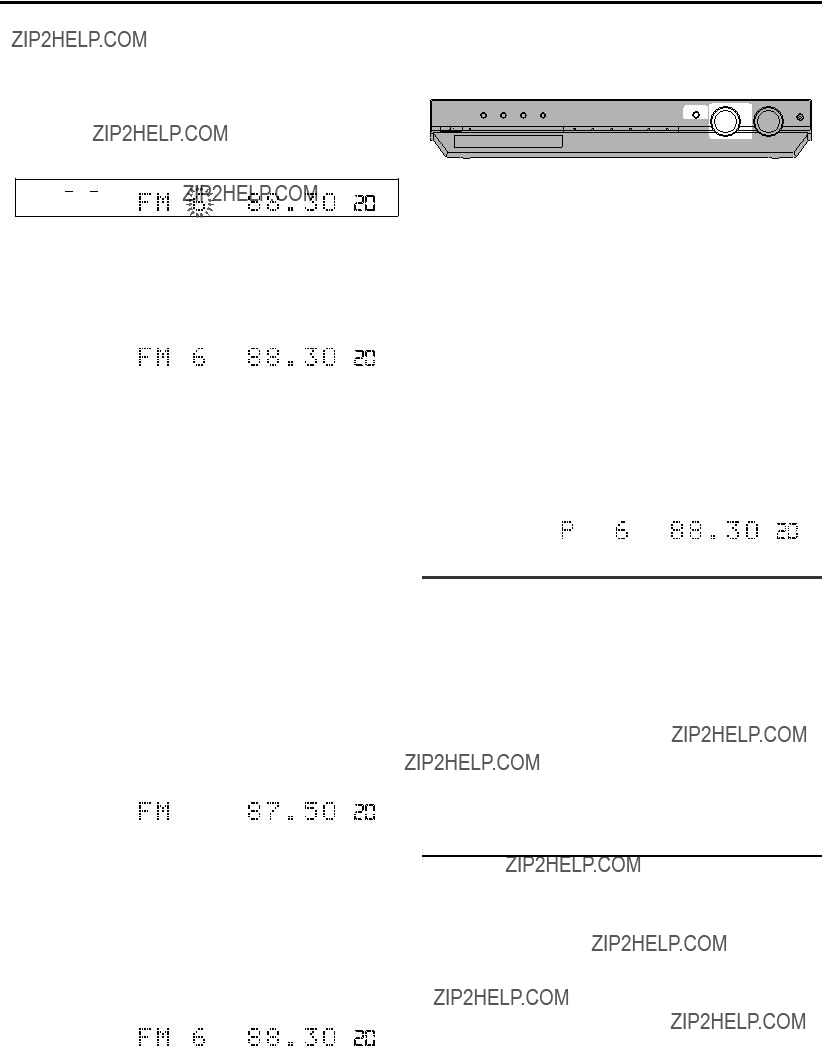

 PTY
PTY RT (Normal indication)
RT (Normal indication)

 TA
TA  NEWS
NEWS  INFO
INFO  TA/NEWS
TA/NEWS TA/INFO
TA/INFO TA/NEWS/INFO
TA/NEWS/INFO  NEWS/INFO
NEWS/INFO 






 PL II indicator lights up on the display.
PL II indicator lights up on the display.


 STEREO
STEREO 


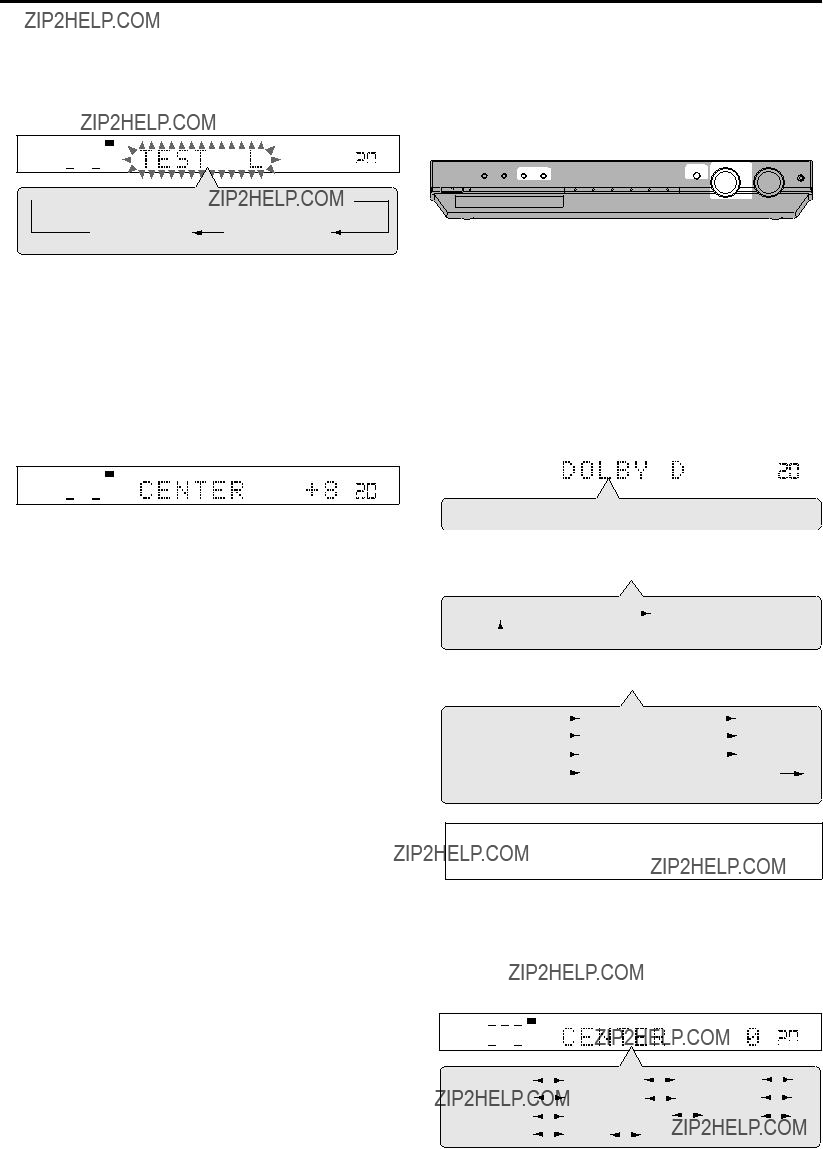



 TEST L
TEST L  TEST C
TEST C  TEST R
TEST R


 STEREO
STEREO 





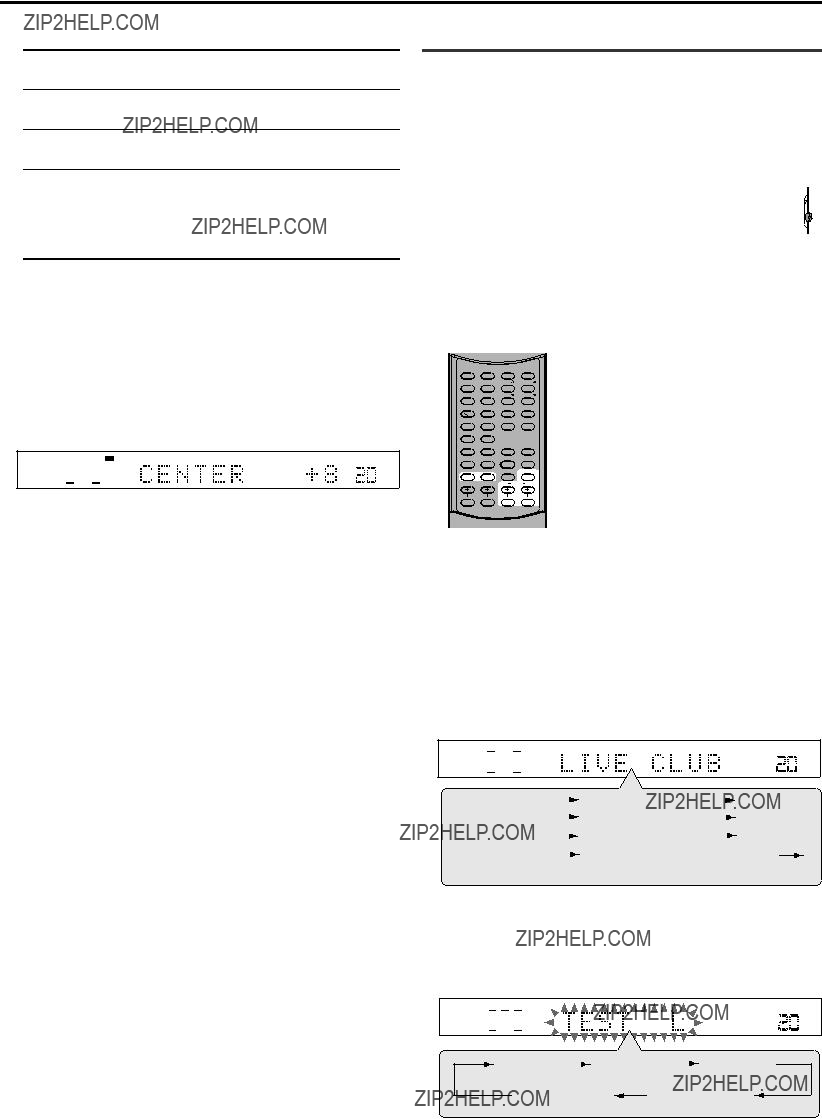

 EFFECT 4
EFFECT 4  EFFECT 5
EFFECT 5 EFFECT 2
EFFECT 2  EFFECT 1
EFFECT 1









 appears on your TV screen. Operations are
appears on your TV screen. Operations are is not displayed.
is not displayed.
 on the remote control or press
on the remote control or press 
 on the front panel.
on the front panel.
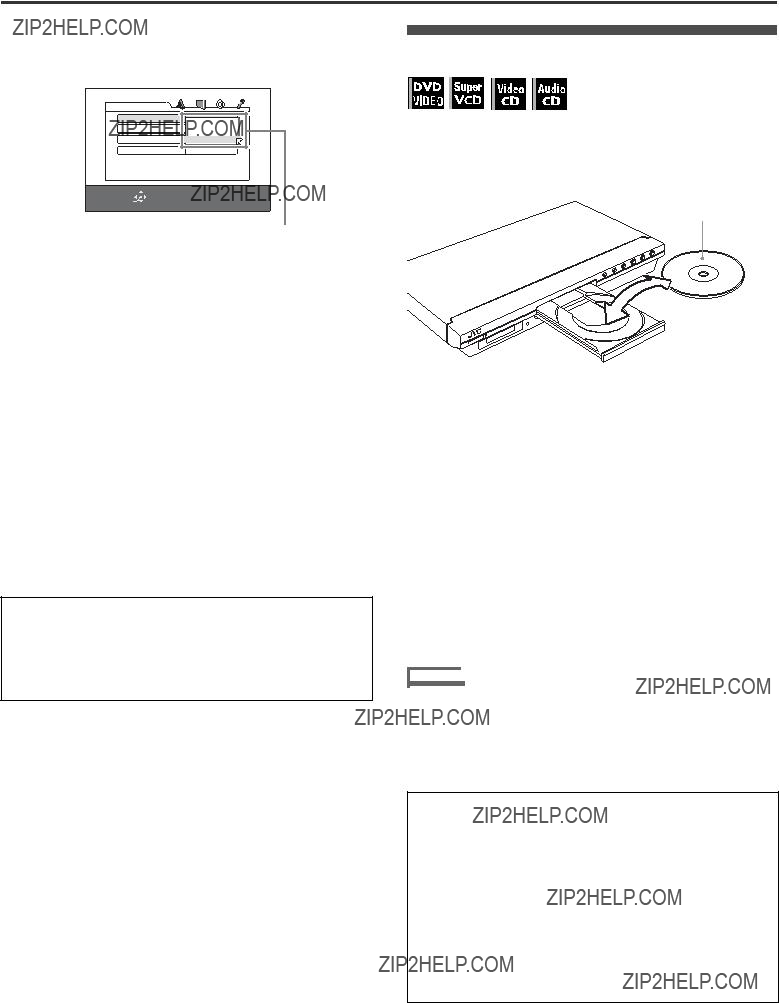



 then press
then press 



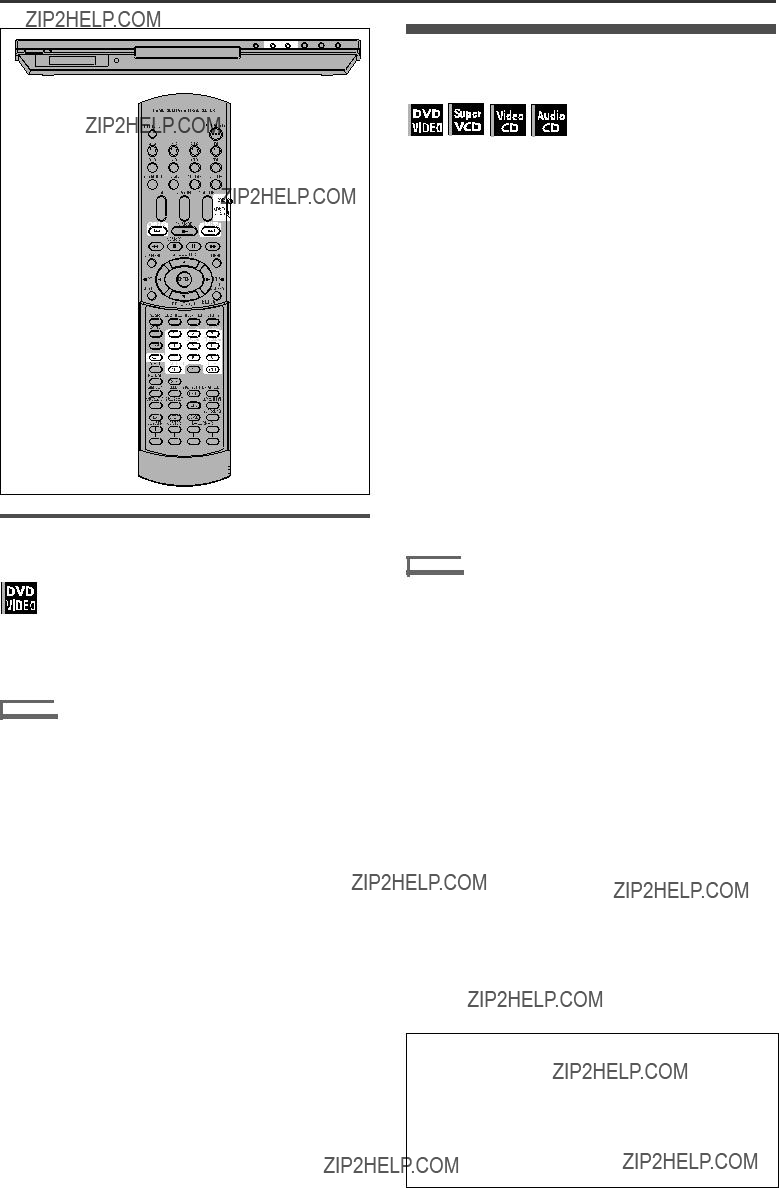
 .
.






 to
to  , then press
, then press
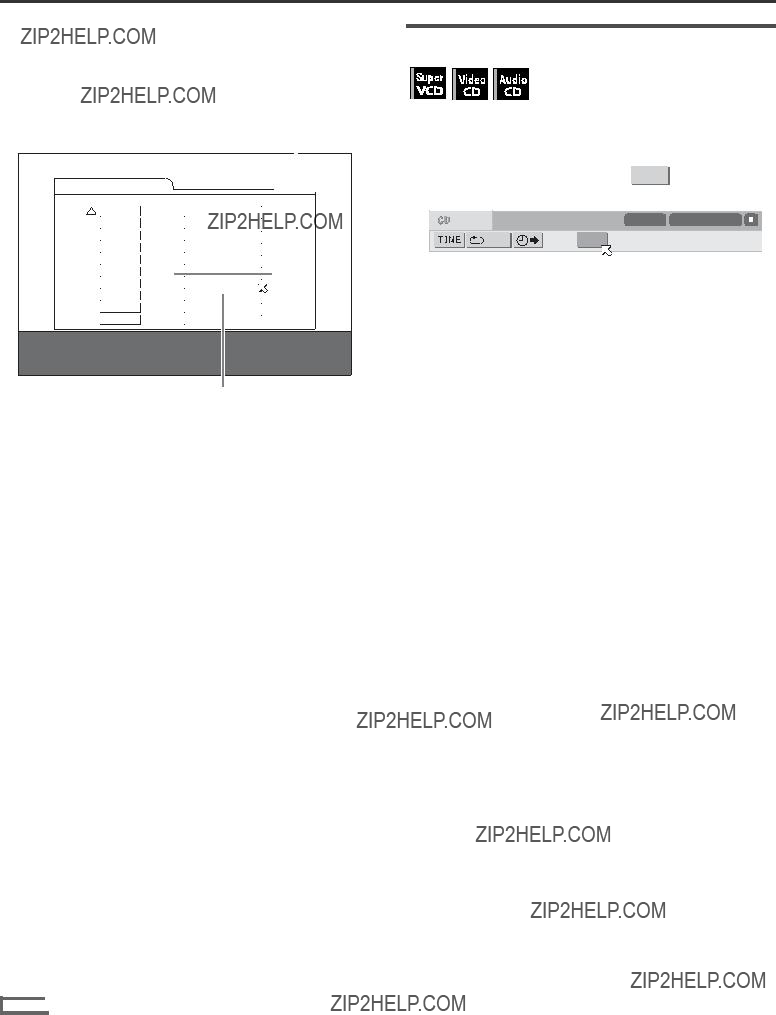
 to the track to be corrected, then
to the track to be corrected, then
 to
to 

 CHAP
CHAP to
to  , then press
, then press ] indicator lights in the display window.
] indicator lights in the display window. to
to 


 appears on the TV screen (except when the [ON SCREEN GUIDE] preference is set to [OFF]).
appears on the TV screen (except when the [ON SCREEN GUIDE] preference is set to [OFF]).

 appears on the TV screen (except when the [ON SCREEN GUIDE] preference is set to [OFF]).
appears on the TV screen (except when the [ON SCREEN GUIDE] preference is set to [OFF]). 1/3
1/3 1/3 ENGLISH
1/3 ENGLISH
 2/3 FRENCH
2/3 FRENCH
 3/3 GERMAN
3/3 GERMAN

 ST1
ST1
 ST2
ST2
 L-1
L-1 R-1
R-1
 L-2
L-2
 R-2
R-2

 ST (Stereo)
ST (Stereo)
 L
L
 R
R


 appears on the TV
appears on the TV



 NORMAL
NORMAL
 CINEMA
CINEMA
 USER 1
USER 1  USER 2
USER 2




 ACTION
ACTION
 DRAMA
DRAMA
 THEATER
THEATER
 NONE
NONE 


 ACTION
ACTION


 .
.
 to the associated icon when it is not available.)
to the associated icon when it is not available.)
 Time mode selection
Time mode selection Chapter search
Chapter search Subtitle selection
Subtitle selection  Time mode selection
Time mode selection
 Subtitle selection
Subtitle selection 












 : LANGUAGE menu
: LANGUAGE menu : PICTURE menu
: PICTURE menu : AUDIO menu
: AUDIO menu to select the item you want to edit.
to select the item you want to edit.


 ,
, 
 ,
,
 is pointing to [COUNTRY CODE], press ENTER to bring up the
is pointing to [COUNTRY CODE], press ENTER to bring up the  moves to [SET LEVEL].
moves to [SET LEVEL]. moves to [PASSWORD].
moves to [PASSWORD]. moves to [EXIT]. Pressing ENTER again returns to the [OTHERS] menu of the preference display.
moves to [EXIT]. Pressing ENTER again returns to the [OTHERS] menu of the preference display.
 is pointing to [PASSWORD], press the numeric buttons to enter your current 4- digit password then press ENTER.
is pointing to [PASSWORD], press the numeric buttons to enter your current 4- digit password then press ENTER. moves to [COUNTRY CODE] if you enter the correct password.
moves to [COUNTRY CODE] if you enter the correct password. is pointing to the desired item.
is pointing to the desired item. is pointing to [PASSWORD], press the numeric buttons to enter a
is pointing to [PASSWORD], press the numeric buttons to enter a  moves to [EXIT]. Pressing ENTER again returns to the [OTHERS] menu of the preference display.
moves to [EXIT]. Pressing ENTER again returns to the [OTHERS] menu of the preference display.
 moves to [EXIT] automatically and
moves to [EXIT] automatically and  to [TEMPORARY
to [TEMPORARY
 moves to [NOT RELEASE] automatically and
moves to [NOT RELEASE] automatically and 
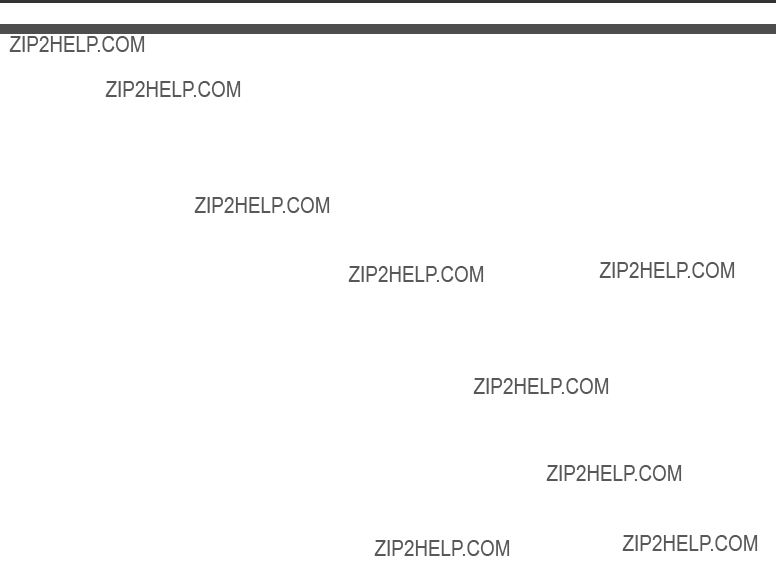


 , ANGLE, REPEAT, DIMMER, 3D, and numeric buttons for operating JVC DVD player.
, ANGLE, REPEAT, DIMMER, 3D, and numeric buttons for operating JVC DVD player.
 .
. .
. .
.
 .
. .
. .
. .
. .
. .
.
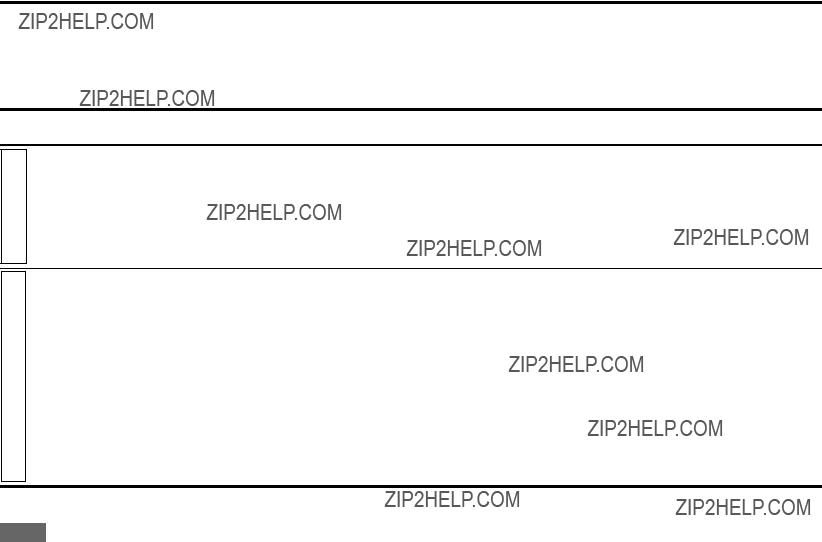

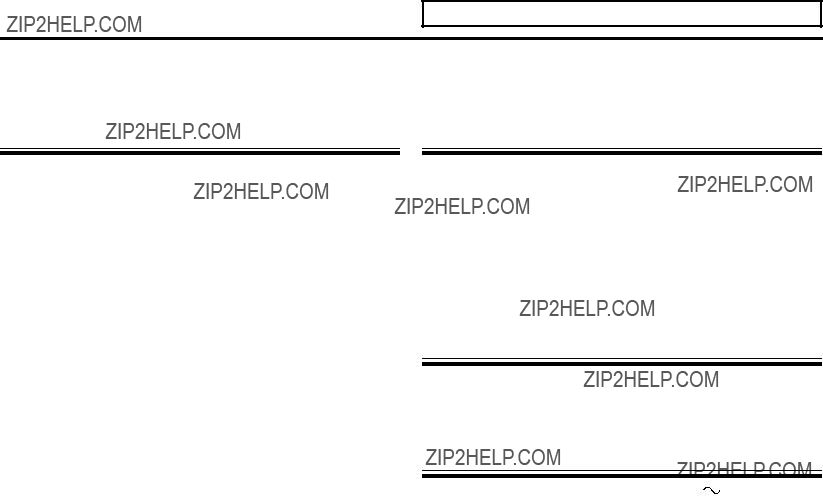
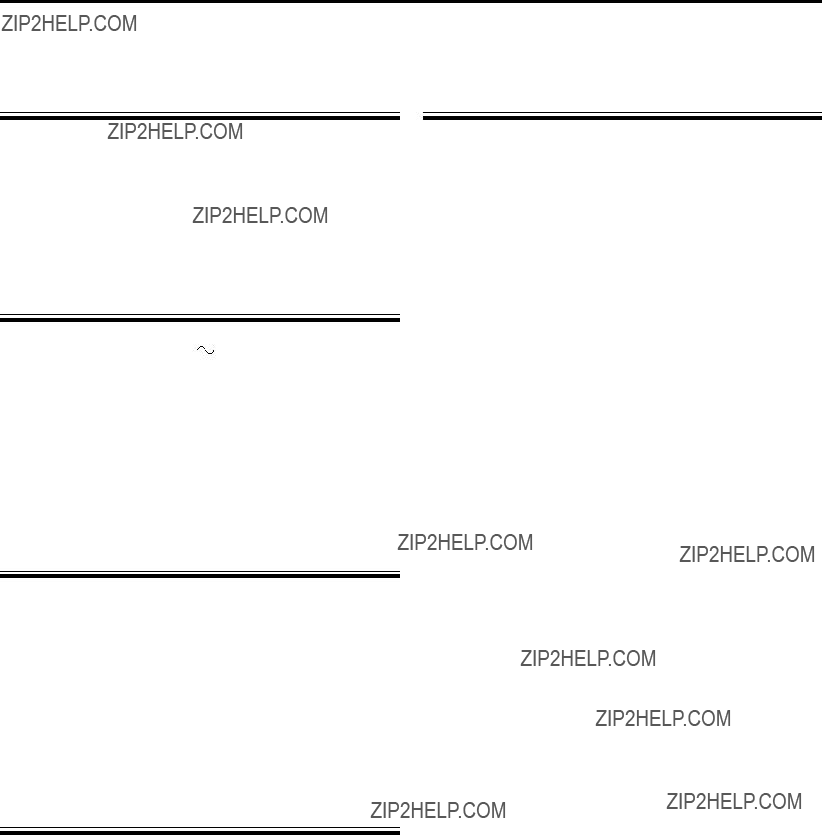

 EN
EN